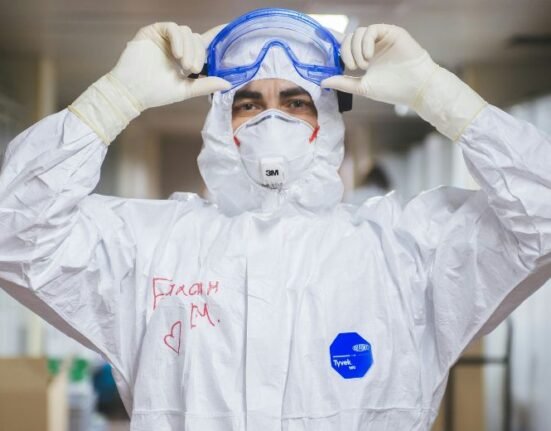HQ Team
March 4, 2023: The Indian government and the World Bank signed two agreements to support and enhance the development of the health sector in the south Asian nation.
The two complementary loans of $500 million each will support India’s flagship Pradhan Mantri-Ayushman Bharat Health Infrastructure Mission unveiled in October 2022.
The project will improve the public healthcare infrastructure across the country and prioritize health service delivery in seven states — Andhra Pradesh, Kerala, Meghalaya, Odisha, Punjab, Tamil Nadu, and Uttar Pradesh.
Both the loans from the International Bank for Reconstruction and Development have a final maturity of 18.5 years, including a grace period of five years.
The $500 million public health systems for pandemic preparedness program will support the government’s surveillance system to detect and report epidemics of global concern and ensure a rapid response.
The program is designed to prevent the emergence of pathogens, including zoonotic diseases, and inform about the country’s bio-security response and commercialization of new technologies to prevent, detect, and treat infectious diseases.
It will also strengthen coordination and build the institutional capacity of core public health institutions.
Strengthen delivery
The $500 million enhanced health service delivery program will strengthen service delivery through new healthcare models.
This includes improved household access to primary healthcare facilities and risk assessment of non-communicable diseases.
It will improve the quality of care by supporting the National Quality Assurance Standards certification across health and wellness centres and transform health sector governance and accountability.
“The COVID-19 pandemic brought to the fore the urgent need for pandemic preparedness and health system strengthening around the world and was a stark reminder that pandemic preparedness is a global public good,” said Auguste Tano Kouame, country director, India of the World Bank.
“The two Projects support India’s decision to increase the resilience and preparedness of the country’s health systems against future pandemics. This will be of great benefit for the populations of the states participating in the projects and will generate positive spillovers for other states,” he said.
Higher than average
According to World Bank estimates, India’s life expectancy— at 69.8 in 2020, was up from 58 in 1990. It is higher than the average for the country’s income level.
The under-five mortality rate (36 per 1,000 live births), the infant mortality rate (30 per 1,000 live births), and the maternal mortality ratio (103 per 100,000 live births) are all close to the average for India’s income level, reflecting access to skilled birth attendance, immunizations, and other priority services.
Despite these advances in the health of the Indian population, COVID-19 has underscored the need for revitalizing, reforming, and developing capacity for core public health functions and improving the quality and comprehensiveness of health service delivery.
“The two Programs leverage the unique strengths of both the Center and the States to support the development of more accessible, high-quality, and affordable health services,” said Lynne Sherburne-Benz, the World Bank’s South Asia Regional Director for Human Development.
“This strengthening of health systems, combined with attention to strong disease response, will improve preparedness and response to future disease outbreaks.”








